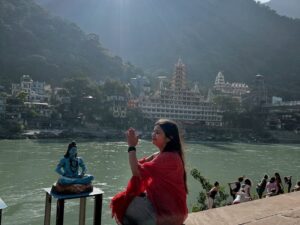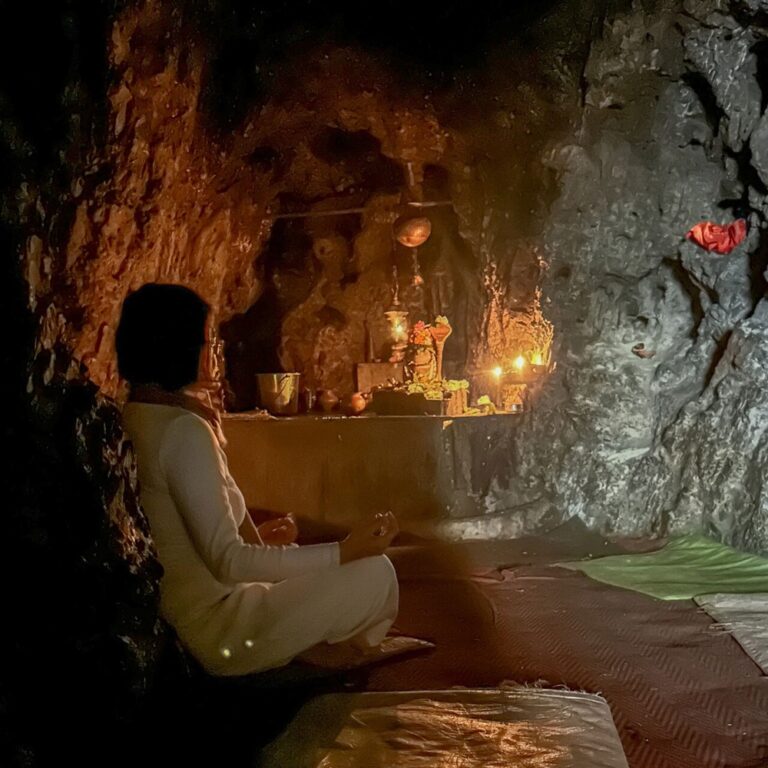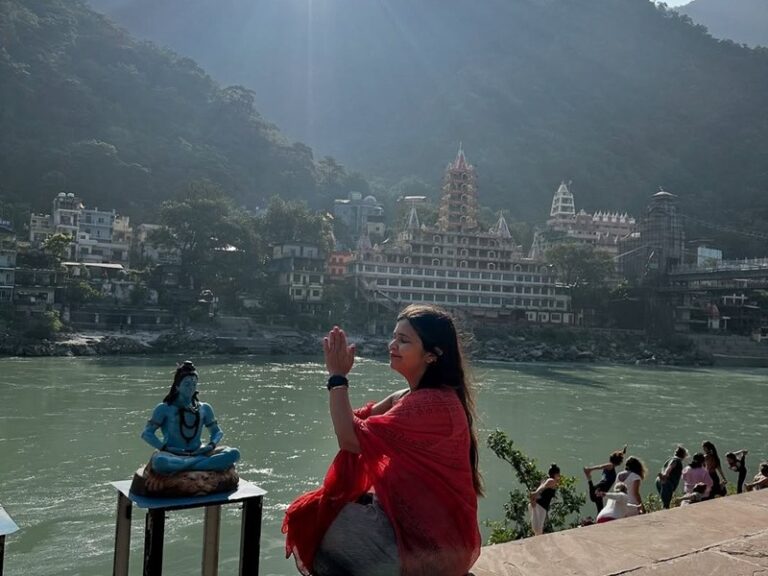Ayodhya Ram Mandir: A Divine Abode and Its Glorious Secrets
Ayodhya, the sacred city on the banks of the holy river Saryu, holds an unrivaled place in the hearts of devotees as the birthplace of Lord Rama, Prabhu Shriram. Today, it is also the site of one of India’s most phenomenal temple constructions, the Ayodhya Ram Mandir. As this grand temple takes shape, let’s explore some lesser-known historical facts that add to its glory.
1. The Largest Temple in India:
Ayodhya Ram Mandir is set to become India’s largest temple. Designed by the renowned Sompura Family, this architectural marvel will stand approximately 161 feet tall, covering a vast area of 28,000 square feet.
2. No Use of Iron & Steel:
In a remarkable departure from conventional construction, Ayodhya Ram Mandir is entirely from stones, with no use of iron or steel. Elements like copper, white cement, and wood will replace traditional steel, adding to the temple’s uniqueness.
Suggested Read- Hanuman Garhi Ayodhya: Courage & Devotion
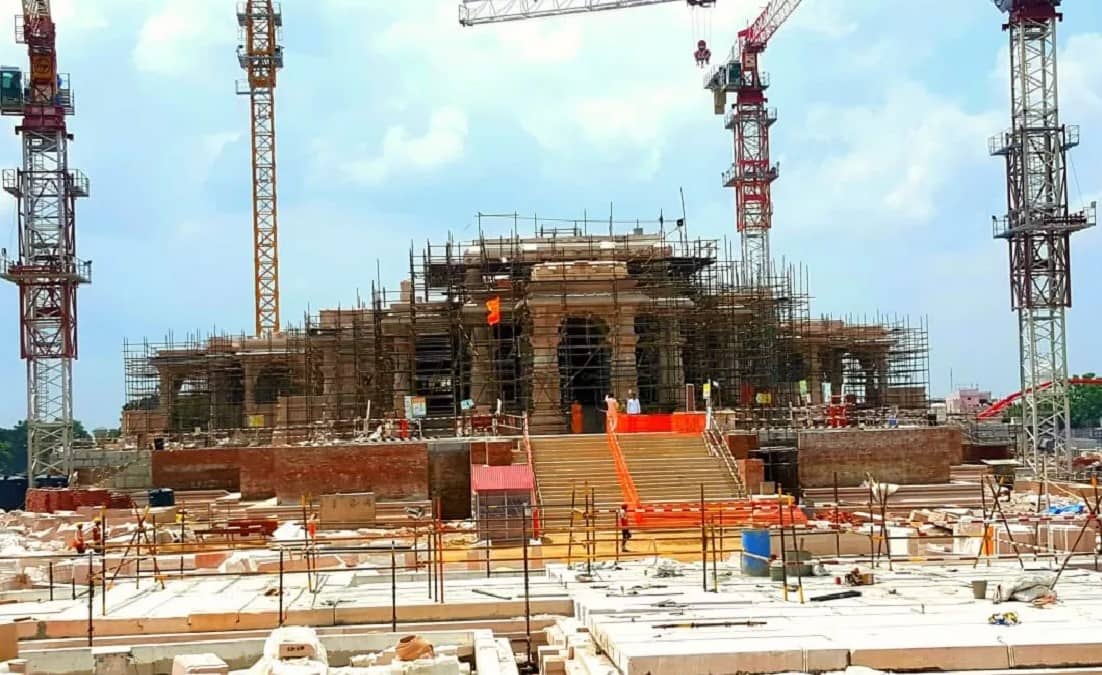
3. Special “Ram Shilas” Bricks:
The construction will utilize bricks inscribed with “Shri Ram.” Some of these bricks are decades old, known as “Ram Shilas,” and have not been used for over 30 years. They carry the essence of devotion and history.
4. Unique Design and Features:
Ayodhya Ram Mandir’s design will encompass two stories, with a height of 128 feet. The ground floor will vividly depict the life events of Prabhu Shri Ram, narrating his birth, childhood, and more. The first floor will host the “Ram Darbaar,” a visual tribute to the divine.
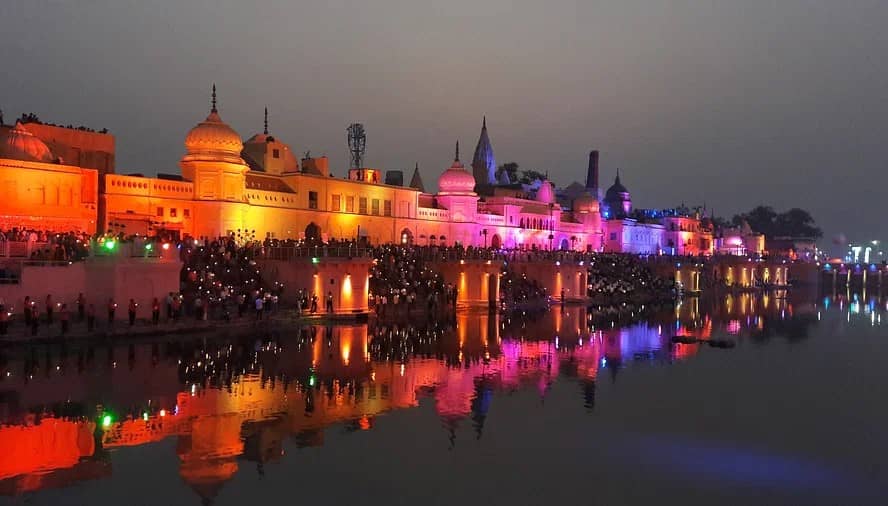
5. Time Capsule Beneath the Temple:
A time capsule will put 2000 feet below temple, serving as a guardian of its identity for future generations. This initiative reflects the commitment to preserving the temple’s heritage.
The construction of Ayodhya Ram Mandir, overseen by the “Shri Ram Janambhoomi Teerth Kshetra Trust,“ is progressing steadily and is expected to be open to all devotees by January 2024. Ayodhya is not just a city; it’s a spiritual journey, a place where devotees connect with Prabhu Shriram, who embodies timeless principles and ideals.
Places to visit near Ayodhya Ram Mandir
Kaikeyi Bhawan:
This historical room associates with Queen Kaikeyi, the stepmother of Lord Rama. It is believed to be the very place where Rama’s younger brother, Bharat, was born.
Kaushalya Bhawan:
Another significant room in Ayodhya is linked to Queen Kaushalya, Lord Rama’s mother, adding to the rich tapestry of the city’s religious heritage.
Sumitra Bhawan:
Sumitra, another of Lord Rama’s stepmothers and the mother of his brothers Laxman and Shatrughan, is commemorated in this room, serving as a reminder of her role in the epic tale.
Angad Tila: Ayodhya Ram Mandir
This shrine is dedicated to Angad, a prominent character in the Ramayana, who was a Vanara (monkey warrior) and played a pivotal role in Lord Rama’s quest to rescue Sita.
Lov Kush Temple: Ayodhya Ram Mandir
Devoted to Lord Rama’s sons, Luv and Kush, this temple celebrates their birth to Sita during her exile and their importance in the Ramayana.
Hanuman Temple: Ayodhya Ram Mandir
Known as the Hanuman Garhi temple, it pays homage to Lord Hanuman, a devoted disciple of Lord Rama and a central character in the Ramayana. Hanuman is revered for his unwavering devotion and loyalty to Lord Rama.
Rang Mahal: Ayodhya Ram Mandir
The Rang Mahal, also known as the Royal Entertainment Room. This place associates with the royal activities and entertainment of Lord Rama and his family, offering a glimpse into their regal lifestyle.
Sita ki Rasoi:
Explore the temple that once served as the royal kitchen of Goddess Sita during the Ramayan era. Here, you can witness a model version of the ancient kitchen and experience the serene atmosphere. The temple also continues the tradition of Goddess Sita by providing free food to the poor.
Tulsi Smarak Bhawan Museum:
This museum stands for famous poet-saint Goswami Tulsidas Ji and houses a collection of artifacts and literature from the time of Lord Ram. Cultural performances and a library within the Bhawan enhance the visitor’s experience.
Ram katha Park: Ayodhya Ram Mandir
Ram katha Park is a serene space for cultural activities. Enjoy devotional prayer meetings, cultural performances, poetry recitations, storytelling, and more during festivals. It’s also an ideal place for children to play and for adults to relax.
Raja Mandir by the River: Ayodhya Ram Mandir
Raja Mandir is a temple associated with Lord Ram and other deities. It showcases exquisite Hindu architecture and is located by the river, providing a tranquil setting for your visit.
Mani Parbat: Ayodhya Ram Mandir
Discover the significance of Mani Parbat, a sacred hillock, once carried by Lord Hanuman during the Ramayan era. Explore the shrines and Buddhist Monastery atop this 65-ft high hill.
Moti Mahal: Ayodhya Ram Mandir
While not in Ayodhya itself but in the nearby district of Faizabad, Moti Mahal is a stunning example of Mughal architecture. Visit this historical palace, once the residence of Nawab Suja-Ud-Daula’s wife, Begum Unmatuzzohra Banu.
Choti Chawni Caves: Ayodhya Ram Mandir
Explore the Choti Chawni, a magnificent structure crafted from white marble. The structure features 34 heritage caves, showcasing both Buddhist and Hindu influences. The Kailash Temple within adds to the serenity of the place.
Bahu Begum ka Maqbara:
Visit the tomb of Begum Unmatuzzohra Bano, the wife of Nawab Suja-ud-Daula. This tall building boasts magnificent architectural design and offers a panoramic view of the city from the top.
Ram ki Paidi: Ayodhya Ram Mandir:
Take a boat ride along the sacred River Saryu and witness the beautiful Ghats and temples along the riverbanks. The aarti ceremonies during sunrise and sunset are particularly enchanting. You can also cleanse yourself by taking a dip in the holy waters.
Vibhishad Kund Ayodhya:
This site holds historical and mythological significance, attracting visitors with its cultural and spiritual aura at Vibhishad Kund.
Ayodhya Ram Mandir : Temples on the Ghats:
Explore Guptar Ghat in Ayodhya, a few kilometers from Ayodhya, and visit the Chakra Harji Vishnu Temple. This temple is famous for its footprints of Lord Ram which makes it a popular pilgrimage spot with a rich mythological history.
Evening Arti & Boat Ride: Near Ayodhya Ram Mandir
For a truly immersive experience, take a boat ride along the holy River Saryu, witnessing the beauty of the Ghats and temples. The aarti ceremonies during sunrise and sunset are moments of deep spiritual connection, allowing you to absorb the spiritual essence of Ayodhya.
In conclusion
Ayodhya Ram Mandir is not just a temple; it’s a testament to faith, history, and unity. As its construction progresses, it embodies the devotion and spirit of millions. A visit to temple is a pilgrimage to the heart of India’s spiritual heritage, a journey every devotee should undertake.



